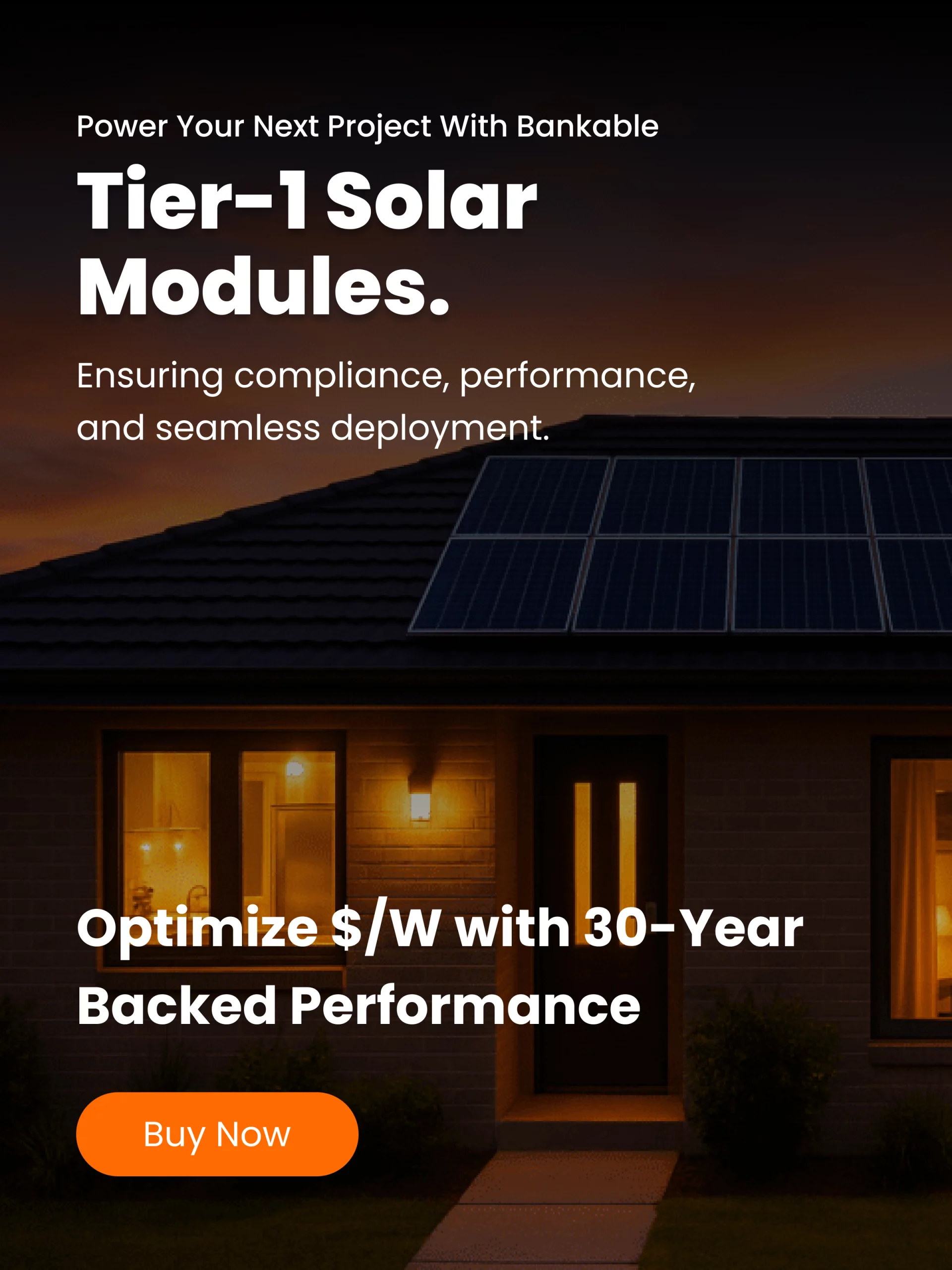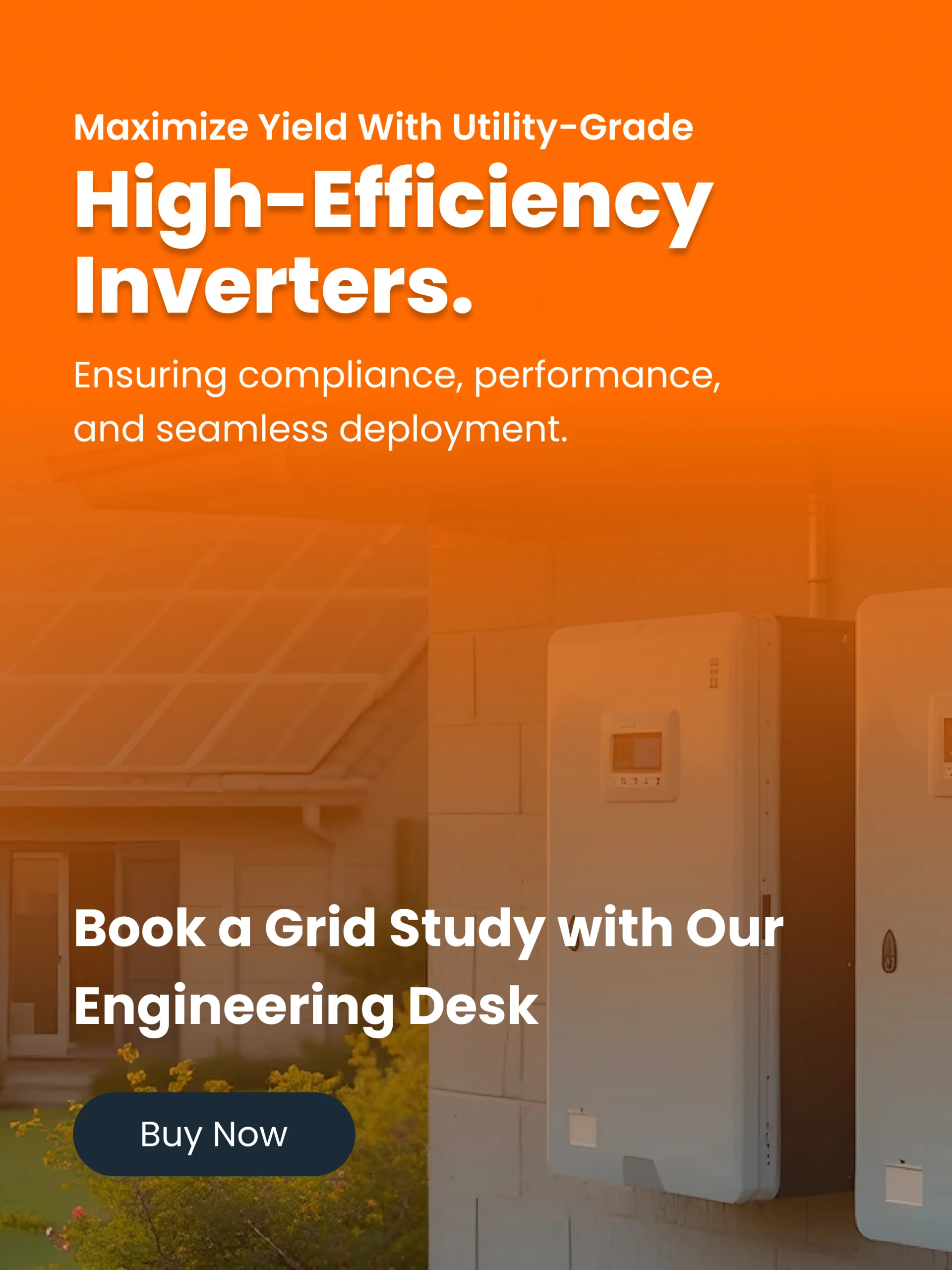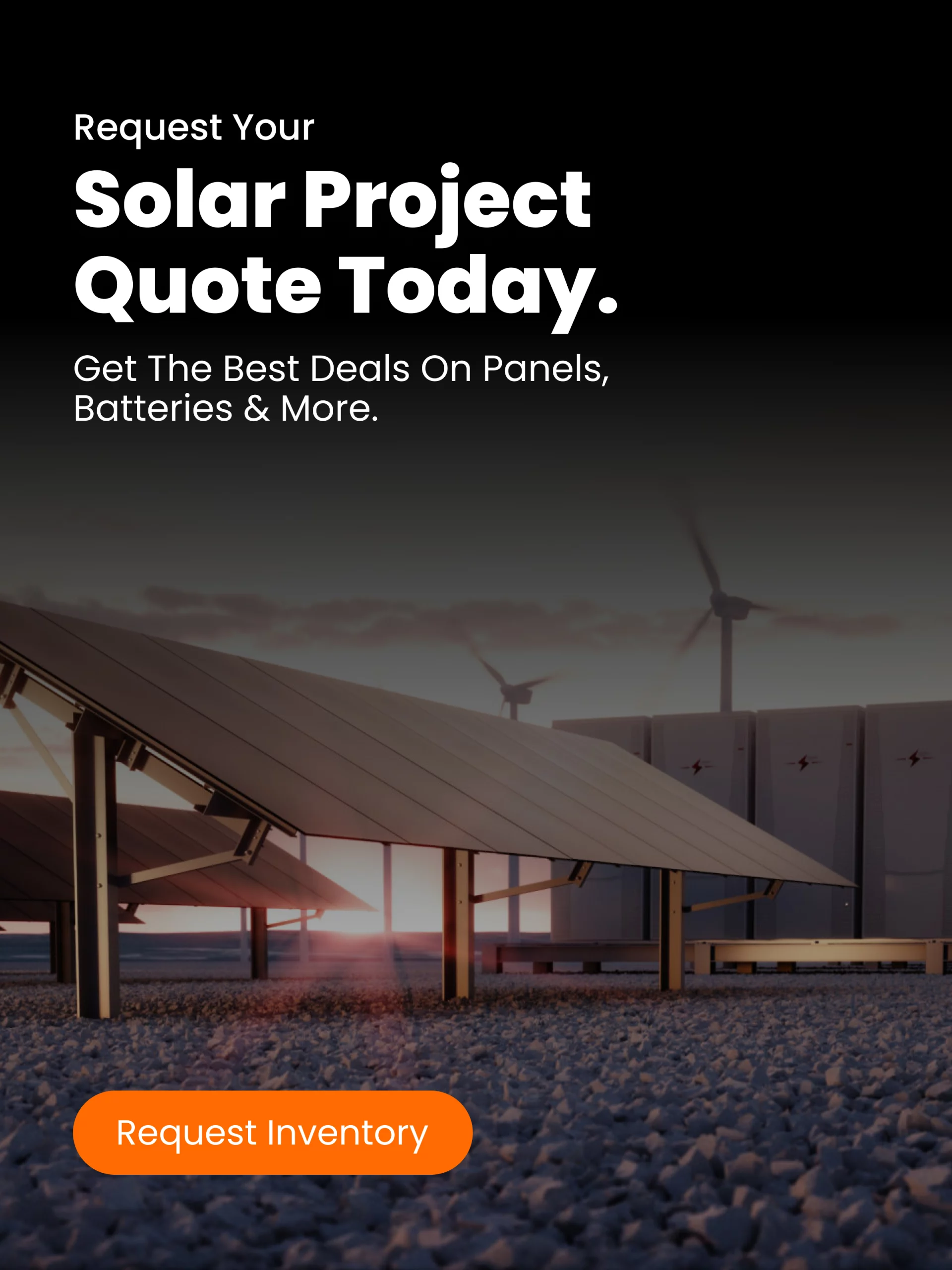Solar energy isn’t just for rooftops or large-scale farms. Everyday gadgets, homes, and even vehicles now run on sunlight. That’s because solar panels harvest solar energy, which can then power a wide array of devices.
In this guide, we’ll explore real examples of solar-powered products, how they work, and what makes them useful.
From Ancient Beginnings to Modern Solar Devices
Long before solar panels, people experimented with concentrating sunlight. In ancient times, magnifying glasses focused the sun’s rays to start fires.
The real breakthrough came in 1839, when physicist Alexandre Edmond Becquerel discovered the photovoltaic effect, the process by which certain materials convert sunlight into electric current. That discovery laid the foundation for modern solar technology.
Today, solar energy powers everything from portable gadgets to homes and vehicles. Below is an overview of the most popular categories of solar-powered products.
Popular Categories of Solar-Powered Products
Solar Product Categories Table
| Category | Examples | How They Work / Key Features |
|---|---|---|
| Lighting & Outdoor | Solar street lights, garden lights, path lights, solar lanterns | Each unit includes a PV panel, battery, LED, and control circuit. It charges during daylight and powers the LED at night. |
| Chargers & Power Banks | Solar phone chargers, solar USB chargers, solar battery packs | Small portable PV panels charge internal batteries for phones, tablets, or small electronics. |
| Home Systems | Solar water heaters, rooftop solar setups, solar fans | Panels or collectors produce heat or electricity to power appliances or heat water. |
| Wearables & Small Gadgets | Solar watches, calculators, backpacks | Tiny PV cells integrated into devices capture sunlight during daily use. |
| Vehicles & Transport | Solar cars, bikes, boats, drones | Panels on vehicle surfaces feed motors or charge onboard batteries. |
| Specialty & Industrial | Solar pumps, refrigerators, desalination units | Solar power supports remote or off-grid systems for water pumping or refrigeration. |
Lighting and charging products are the most commonly used solar devices at the consumer level.
How Solar-Powered Products Work
At the heart of nearly all solar-powered devices is a photovoltaic (PV) cell. These cells absorb sunlight, release electrons, and create a direct current (DC) flow.
Because most appliances use alternating current (AC), solar systems often include an inverter to convert DC into AC.
Most solar devices also include:
- A charge controller to prevent overcharging
- A battery or storage unit for night use
- Control circuitry to regulate operation
For instance, a solar lamp has a PV panel, rechargeable battery, control electronics, and LED light. During the day, the panel charges the battery; after sunset, the battery powers the LED.
Standout Examples in Each Category
Solar Lanterns
Lightweight and portable. The “Luci” solar lantern inflates to diffuse light, holds charge for hours, and can even charge phones.
Solar Calculators and Watches
These rely on tiny PV cells that function even under indoor light. Their minimal power draw allows consistent operation.
Solar Water Heaters
Use solar thermal collectors to heat water efficiently. These systems are more effective than electric heating in sunny regions.
Solar Vehicles and Drones
Panels feed batteries or motors. Due to high energy demands, these designs often need supplementary batteries or larger panel areas.
Solar Pumps and Refrigerators
Essential for off-grid locations, these units supply water or keep goods cool using solar and battery power combinations.
This variety shows how flexible solar energy has become—it can power both simple and complex systems across industries.
Advantages and Challenges of Solar Products
Benefits
- Renewable and clean: Reduces fossil fuel reliance and emissions
- Low operating cost: Sunlight is free once installed
- Energy independence: Works in remote or off-grid areas
- Versatility: Powers everything from small gadgets to full systems
Challenges
- Intermittency: Energy output depends on sunlight availability
- Upfront cost: Quality solar products can be more expensive initially
- Efficiency losses: Conversion and transmission losses occur
- Durability: Devices must withstand outdoor conditions like rain, dust, and heat
Technological advances in battery storage and materials are gradually overcoming these issues.
Components and Architecture of a Solar Device
Every solar-powered product has a similar internal architecture that ensures energy capture, conversion, and safe use.
- PV modules or cells: Capture sunlight and generate DC
- Protection circuits: Prevent overvoltage and current spikes
- Charge controller / regulator: Manages battery charging
- Battery / storage: Stores energy for non-sunlight hours
- Inverter (if needed): Converts DC to AC for household use
- Load / appliance subsystem: The powered device
- Monitoring / control logic: Sensors and circuits that manage operation
Matching these parts correctly ensures optimal performance and safety.
Trends and Innovations in Solar-Powered Products
Solar technology continues to evolve quickly, enabling new use cases and higher efficiency.
- Flexible and thin-film solar: Bendable materials embedded into fabrics, windows, and backpacks
- Building-integrated photovoltaics (BIPV): Windows and roofing materials that double as solar panels
- Solar plus storage mini systems: Compact plug-and-play units with integrated batteries and inverters
- Advanced materials: Perovskite and tandem cells pushing efficiency limits
- IoT integration: Smart solar devices that communicate, report data, and self-adjust performance
These trends are making solar devices more accessible, adaptable, and intelligent.
How to Choose the Right Solar-Powered Product
When comparing solar-powered products, consider:
- Energy demand: Estimate total watt-hours needed
- Sunlight availability: Assess daily solar exposure
- Storage need: Determine if nighttime operation is required
- Durability: Check for waterproofing, warranties, and build quality
- Modularity: Systems that allow upgrades or replacements are more flexible
- Cost vs lifetime value: Choose reliable brands for long-term savings
Start with essential needs such as lighting or charging, then expand as your confidence and requirements grow.
Final Thoughts
Solar-powered products transform sunlight into practical energy for everyday life. From small gadgets to large home systems, the possibilities are growing each year.
As technology evolves, expect solar to appear in more consumer goods, vehicles, and buildings—making sustainable energy part of daily living.
If you’re considering solar devices for your home, business, or off-grid site, use these principles to compare models, evaluate features, and design the setup that fits your lifestyle.




